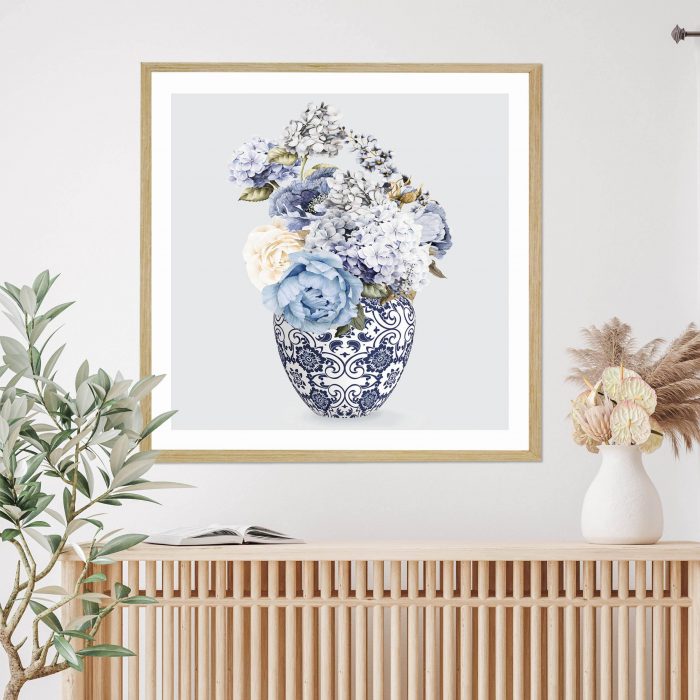The Top 5 Tips For Creating Your Own Botanical Art
by Milla James Daily Business NewsIntroduction:
Botanical art is all the rage right now, and for good reason! It's a great way to add a touch of nature to your home décor, and it's a perfect way to show off your artistic talent. If you're thinking of giving Botanical Art a try, we've got some tips to help you get started.
What is botanical art?
Botanical art is the practice of drawing or painting plants. It has been around for centuries, with early examples coming from ancient Chinese and Japanese cultures. Botanical art is often used to record and study plants, but it can also be used as a form of art in its own right.

When creating Modern Artwork and botanical art, there are a few things to keep in mind. Here are top 5 tips:
- Choose a subject matter that you are interested in
- Research your subject matter thoroughly
- Find good reference material
- Use different techniques to create interesting textures and shapes
- Experiment and have fun!
Who were the masters of botanical art?
Botanical art can be traced back to the ancient Egyptians, who used plant illustrations to decorate their tombs and temples. Later, the Chinese and Japanese produced stunning botanical scrolls, while the Europeans developed a fascination with botanical illustration in the 16th century. It was during this period that the masters of botanical art emerged, including Pierre-Joseph Redouté and Maria Sibylla Merian. These artists captured the beauty and detail of plants in a way that had never been done before, and their work continues to inspire modern botanical artists.
What styles of botanical art exist?
Botanical art comes in all shapes and sizes, and you can really let your creativity run wild. Realistic botanical art features accurate portrayals of plants and flowers, while abstract botanical art takes a more creative approach, often using bright colours and simplified shapes. Another popular style is the vintage botanical trend, which incorporates nostalgic elements into the artwork. When it comes to inspiration, the sky's the limit!
How can you create your own botanical art?
There are a few simple steps you can take to create your own botanical art masterpiece. The first step is to gather your supplies. This includes a sketchbook, pencils, pens, watercolours and brushes. You'll also need a scanner or camera to capture your reference images. Once you have your supplies ready, find some images of plants or flowers that inspire you. It can be helpful to find different types of plants—ones with different shapes and textures.
Once you have your images, start sketching out your ideas. Be sure to capture the essence of the plant and add in any details that make it unique. Once you're happy with your sketch, start painting! It is recommended starting with the background colours and then adding in the details. And don't forget to experiment—trying out new techniques and colour combinations.
Where can you show off your botanical art?
Botanical art is the perfect way to add a touch of nature to any room. Not only is it beautiful, but it also has a calming, therapeutic effect on the viewer. So where can you show it off? Here are a few ideas:
- Frame your artwork and hang it on the wall
- Display it in a picture frame or shadow box
- Paste it onto a piece of fabric and make a pillow or cushion
- Turn it into a greeting card or postcard
- Print it out and put it in a photo album or scrapbook
Conclusion:
Botanical art is a beautiful way to capture the intricate details and patterns of plants. It can be used to document plants for scientific study, or simply as a form of art. Whether you're new to botanical art or an experienced artist, these above tips will help you create your own beautiful pieces of art.
Sponsor Ads
Created on Mar 14th 2022 00:38. Viewed 134 times.




